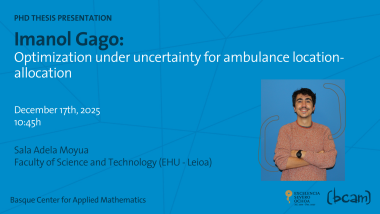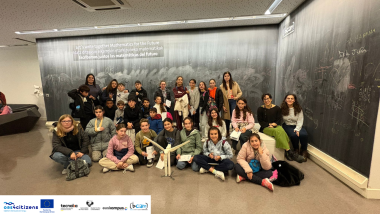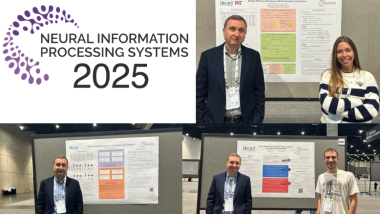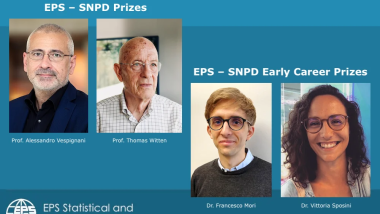Over 200 students discover the fun side of science with the second edition of BE Zientzia
- Organised by four BERC centres in Bizkaia—Achucarro, BC3, BCAM, and BCMaterials—students from different educational centres in Bizkaia enjoyed learning about climate change, the evolution of the brain in different species, mathematics, and how different materials and nanostructures can transform contaminated water into a source of valuable resources.
- The initiative highlights the importance of curiosity, experimentation and teamwork as drivers of scientific learning, reinforcing the organising centres' commitment to promoting science among the younger generations.
- Be Zientzia has the support of Bilbao City Council since its inception, reflecting the city's commitment to scientific dissemination and the promotion of a culture of science in the city.
The Ensanche Building in Bilbao has been the venue for the second edition of Be Zientzia, held October 28, and October 29. This science outreach fair, organized by the Bizkaia-based BERC (Basque Excellence Research Centres) — Achucarro, Basque Center for Neuroscience; BC3, Basque Center for Climate Change; BCAM, Basque Center for Applied Mathematics; and BCMaterials, Basque Center for Materials, Applications and Nanostructures — has brought together 200 primary school students from six schools in Bizkaia (Bilbao, Barakaldo, Amorebieta-Etxano, Markina-Xemein, and Algorta).
Over two mornings filled with interactive activities and workshops, students had the opportunity to approach science in a fun, engaging, and educational way.
At Be Zientzia, students and teachers learned about a wide range of topics, such as climate change, brain evolution across species, mathematics, and how different materials and nanostructures can transform polluted water into valuable resources. All of this took place through hands-on workshops and txokos (interactive stations) led by researchers from the four organizing centers.
- Achucarro invited students to explore the embryonic development of birds, reptiles, and mammals to understand how the brain forms, observing real chicken embryos under the microscope. They also extracted DNA from a banana using everyday materials, as if following a scientific recipe.
- The BC3 research team participated with two activities: “Calculate your carbon footprint”, where students measured their footprint using ping pong balls and compared results with the average to learn practical ways to reduce it; and the “Living Maps / Mapa biziak Workshop”, where they explored how scientists use data and maps to model the world, identifying zones according to variables like soil and vegetation.
- BCAM brought mathematics to life with an origami txoko, exploring mathematical concepts through paper folding, and with the workshop “Models that Infect Curiosity”, where students built virus models to understand how their structure affects their ability to move and infect cells.
- BCMaterials engaged students in experiments with MOFs (metal-organic frameworks), materials whose relevance has been highlighted after the 2025 Nobel Prize in Chemistry. Students experimented with how these “magic powders” can remove pollutants and recover valuable elements from water safely.
Be Zientzia was created with the aim of fostering curiosity, experimentation, and teamwork as engines for scientific learning, reinforcing the commitment of the organizing centers to promote science among younger generations — a mission that has continued in both editions.
The initiative has enjoyed the support of the Bilbao City Council from the very beginning, underscoring the city’s commitment to science outreach and the promotion of a scientific culture in Bilbao.
“With Be Zientzia, we want to spark scientific curiosity from an early age and show that science is alive — something you can touch and experience. Seeing children enjoy themselves while discovering how mathematics, neuroscience, climate change, or materials help us better understand the world we live in is, without a doubt, the greatest reward,” said representatives from Achucarro, BC3, BCAM, and BCMaterials.
Related news
Women in Science




